Hawk’s Eye: It’s attention to the little things that can combat slow play
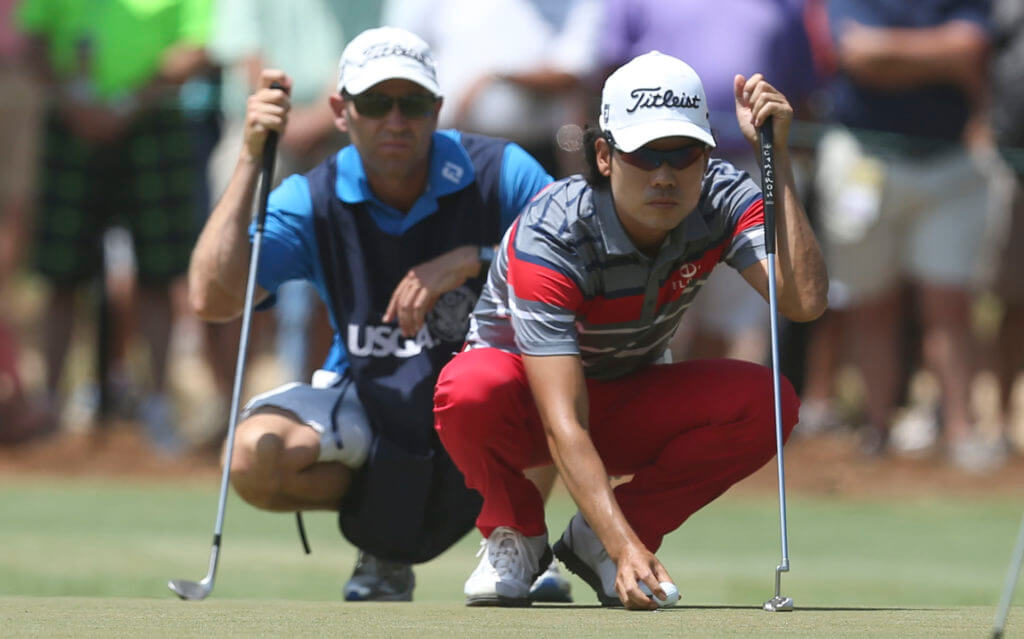
Slow play is golf’s eternal scourge, certainly the most pervasive (and talked about) issue the game has ever encountered. It afflicts both the recreational and professional divisions of the sport, manifesting itself as much on an overcrowded public course as it does a narcissistic tour player.
Ben Hogan could take forever to hit a shot. Jack Nicklaus is the most decorated tortoise in golf history, and when the superstars get away with ignoring pace-of-play guidelines, the lesser guys, perhaps even subconsciously, think it’s OK. For all the good ideas people have come up with to alleviate the problem, the song remains the same.
Your local muni doesn’t cut down on traffic because that would mean less financial profit. The PGA Tour doesn’t enforce its snail sanctions because it doesn’t want to ruffle any feathers, although everyone knows snails can’t fly. And perhaps because the tour knows that the longer it takes the field to get around, the longer the product is on television.
RELATED: With latest antics, Sergio Garcia has earned your wrath
That’s an overlooked aspect to this relatively simple predicament. “Until the tour starts penalizing guys with strokes, things will never change,” longtime caddie Mike Hicks told me earlier this week. “I think the tour has just accepted four hours and 50 minutes as the norm now.”
Because nobody wants to admit they’re part of the problem, the tour pros aren’t going to stage some righteous revolt and demand that Camp Ponte Vedra start slapping the slowpokes where it hurts. An extra 45 minutes to play 18 holes? No big deal. After Justin Thomas lost last week to J.B. Holmes, who is as deliberate as they get, I asked Jimmy Johnson, who works for Thomas, if the man on the bag can drop a hint or two and persuade his guy to pick up the pace.
“There’s not much a caddie can do,” he replied. “It’s up to the player.”
Johnson did refer me, however, to Kenny Harms, a veteran of almost 30 years on the PGA and Champions Tours. It was a great idea to contact Harms, who has worked for Kevin Na since 2009, given that Na struggled with his pace for years and suffered through that ignominious swing paralysis in front of the entire golf universe at the 2012 Players Championship.
The young man just could not pull the trigger. There were periods of 15 to 20 seconds when Na would freeze over the ball at address, his mind whirling with negative scenarios, his body unable to overrule the fear. “First of all, a player has to want to get quicker,” Harms says. “He wanted to speed up. He said, ‘I can’t have this reputation.’ Nobody wants to sponsor the slowest player on tour.”
It didn’t happen overnight. During a career that includes lengthy stints working for Hale Irwin and Hubert Green, Harms learned a thing or three about the business of hitting a golf ball. “I don’t know of anyone who managed their games better than Hale or Hubert,” Harms says. “Especially Hale. I think he might have pulled two bad clubs in my eight years with him.”
Na was different. He grew up feeling pressure to perform from his Korean parents and turned pro at age 17. And he lacked confidence, not so much in his ability to strike the ball, but the decision-making process. One of the biggest issues, for instance, was Na’s ability to line himself up correctly. That doubt led to him frequently readdressing the ball, which took time and eventually led to the fear factor that plagued him mercilessly that weekend at TPC Sawgrass.
Harms: “I said, ‘Why don’t you let me line you up?’ So we did that and he took longer. There were a lot of things going into him being slow.”
At some point, the Golf Channel found out Na was trying to pick up his pace and dispatched a crew to document the process. There were cameras and stopwatches involved, but not the guy who had the answers. Harms was unaware that Na was trying to shed the label on his own, with media coverage, no less, and though he didn’t come right out and say it during our phone conversation, it was pretty obvious that he wasn’t real happy with the situation.
“I told him there’s a better way to do this,” Harms says. “You cannot change someone’s rhythm. You can’t take a guy who’s deliberate and make him fast. We got his rhythm back to where it was supposed to be. And no more lining up. I give him a target and he goes. If he’s really far off, he might call me in, but otherwise, I tell him where the line is and he goes with it.”
Talking with Harms for 20 minutes, you begin to realize that a caddie can make his man play faster. Na is one of the shortest hitters on the tour, which means he’s usually hitting his second shot before the other players. Harms made it a point to arrive quickly at Na’s ball with the yardage and whatever other information his guy needed.
On the greens, Harms makes sure he’s behind Na when he places his ball back on the putting surface and picks up his coin. No more lengthy reads, no more looking at it from every conceivable angle unless the situation call for it. The little stuff. You might not notice it, and television certainly doesn’t spend much time showing it, but if you pick up 90 seconds per threesome on each hole, you cut almost a half-hour off the overall time of the round.
“He went from being one of the slowest players to a guy who is quick to the ball and quicker pulling the trigger,” Harms summarizes. “Basically, Kevin put the game ahead of himself. Not a lot of guys would do that. There’s a lot of players out here who don’t care. Kevin does, and it’s really admirable.”
It’s a story with a happy ending, which is a tough thing to accomplish when it comes to slow play, but the reality is a bit less savory. For every Kevin Na, a conscientious guy who wanted to shed the lousy image and still perform at a high level, there are 10 tour pros who remain in denial. They take too long to hit a majority of their shots, then rationalize it by talking about how much money they’re playing for, or how hard the wind was blowing, or…
Whatever. I’m a Kevin Na fan now. I like a man who admits to his shortcomings and does something about it.
All views expressed in this column are those of John Hawkins and do not necessarily reflect those of the Caddie Network.

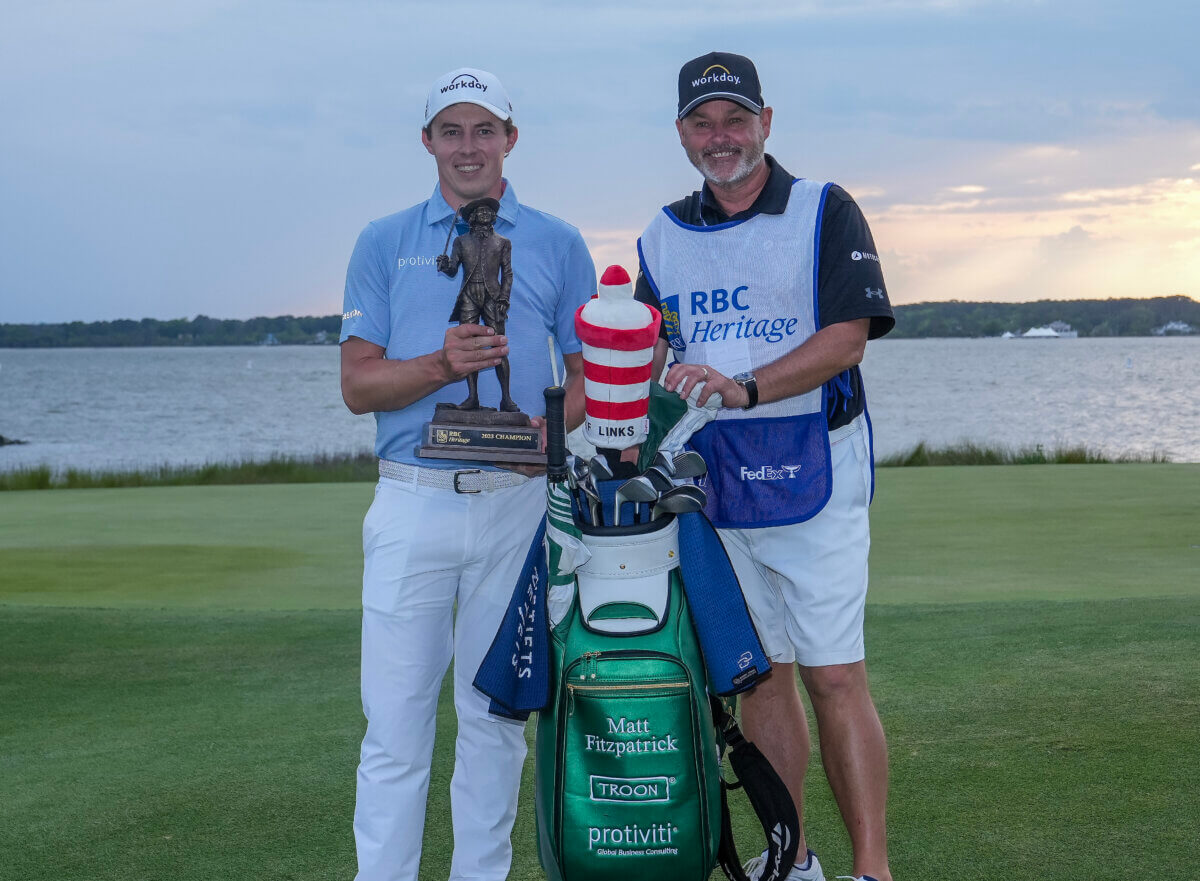
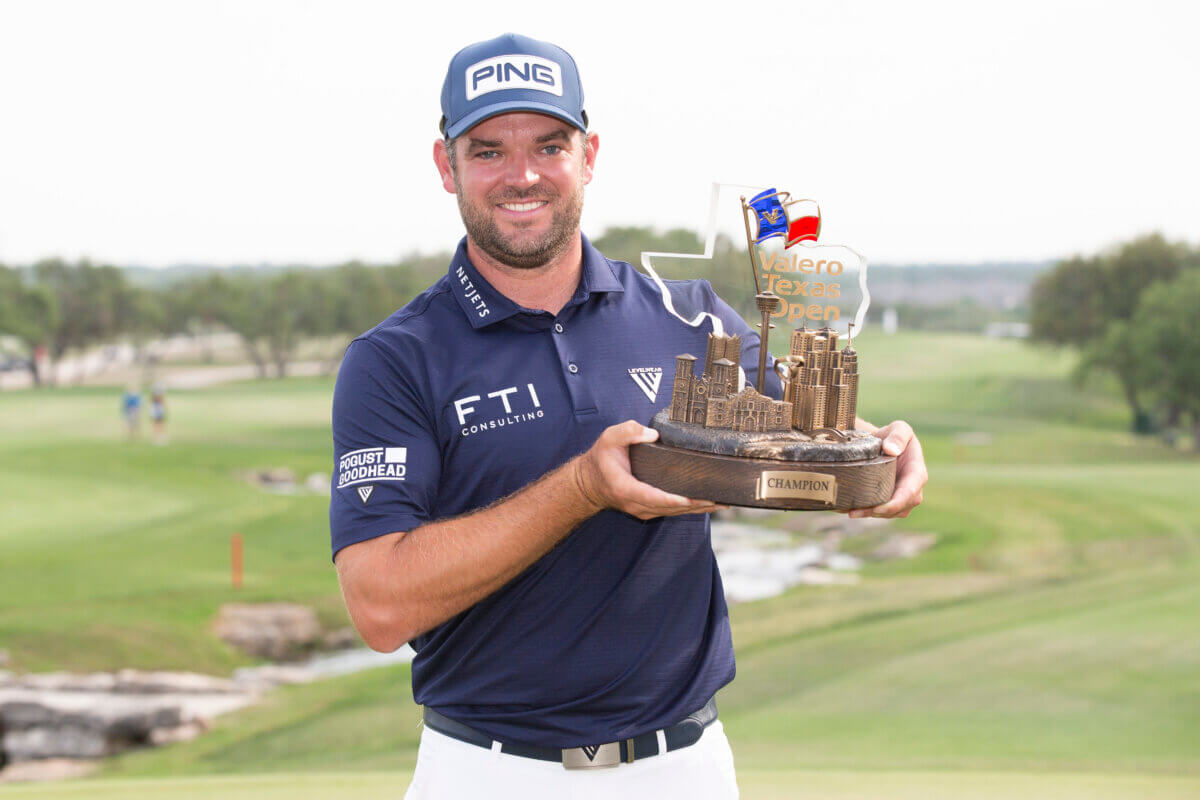
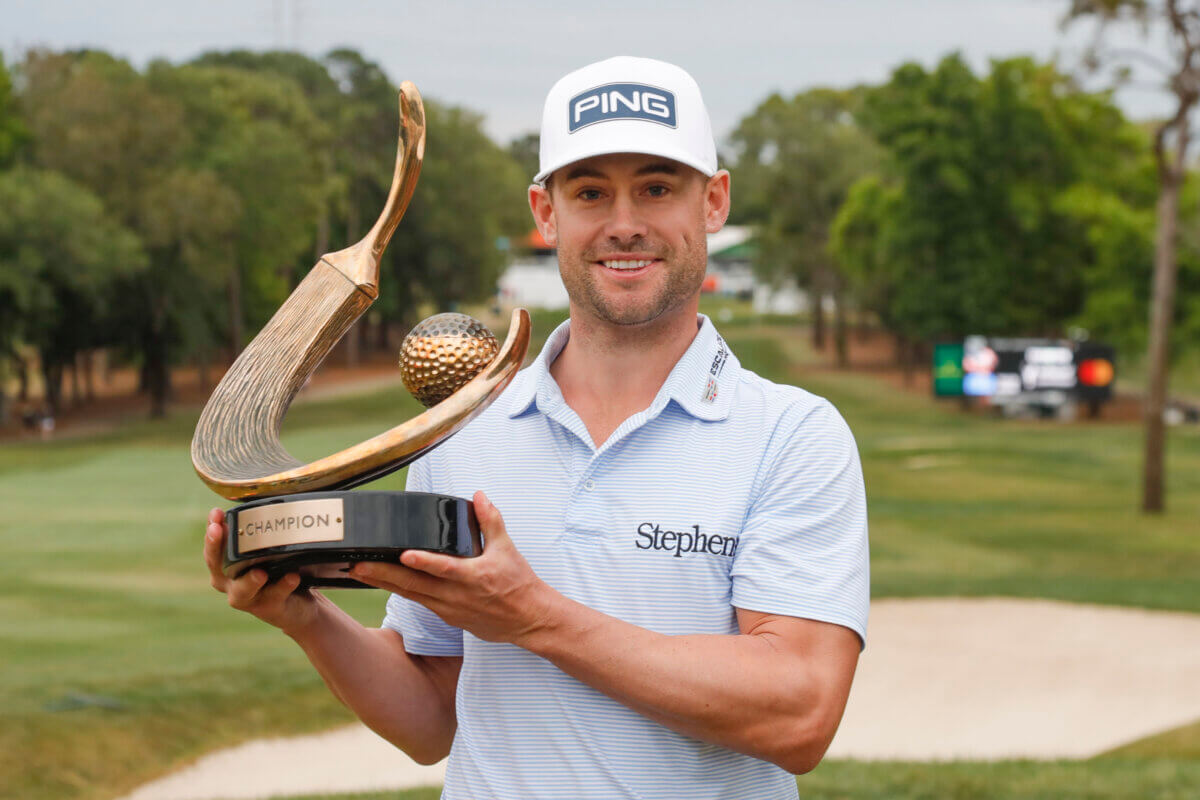
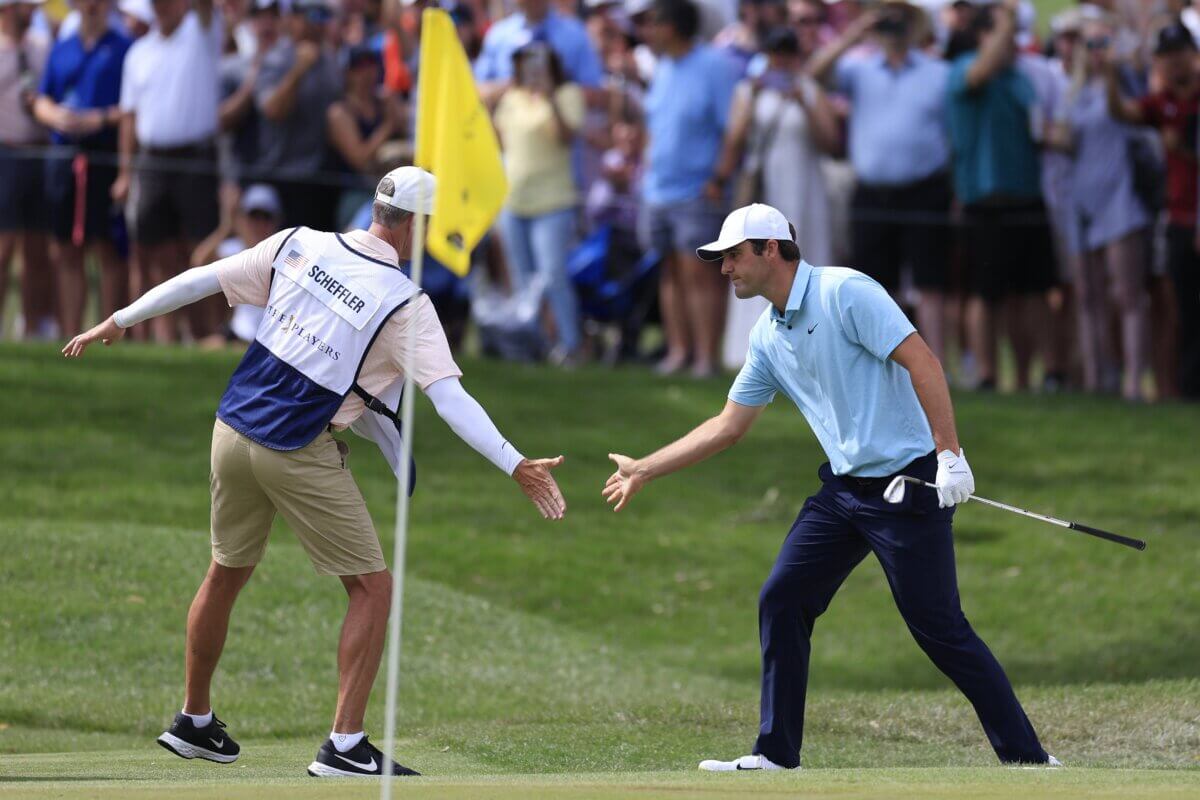
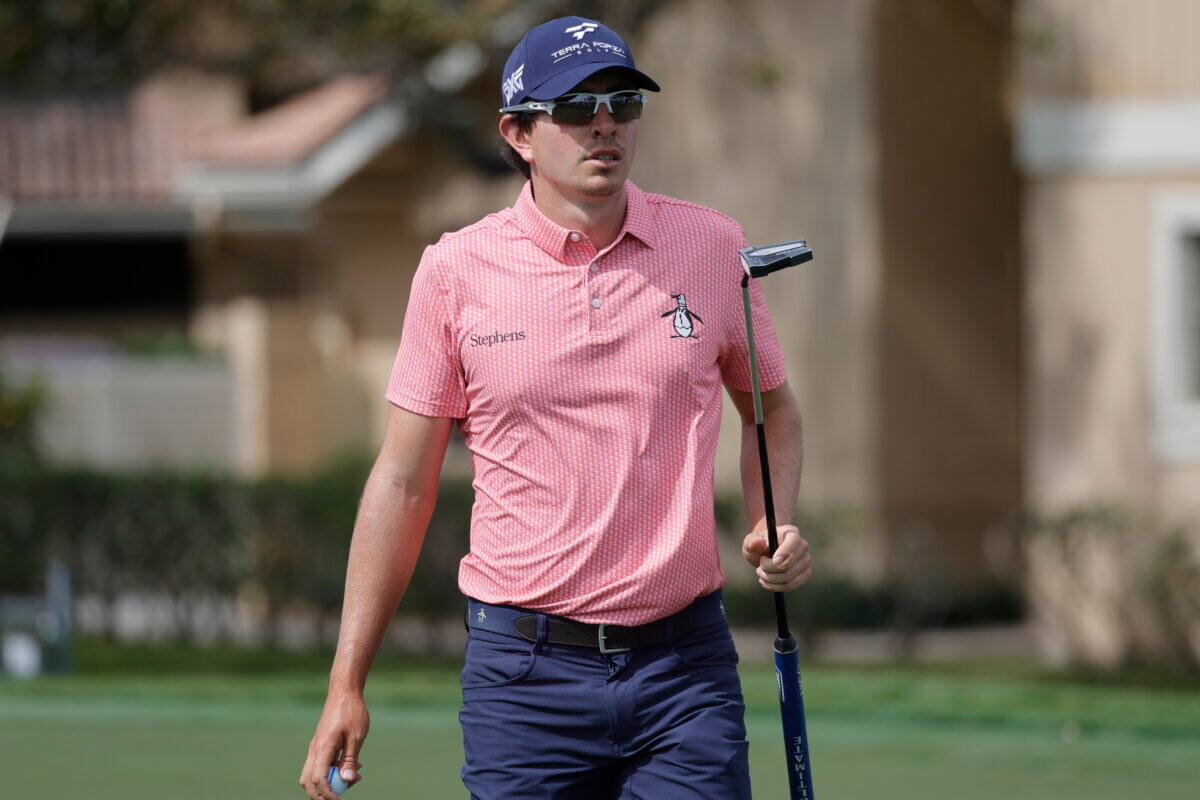
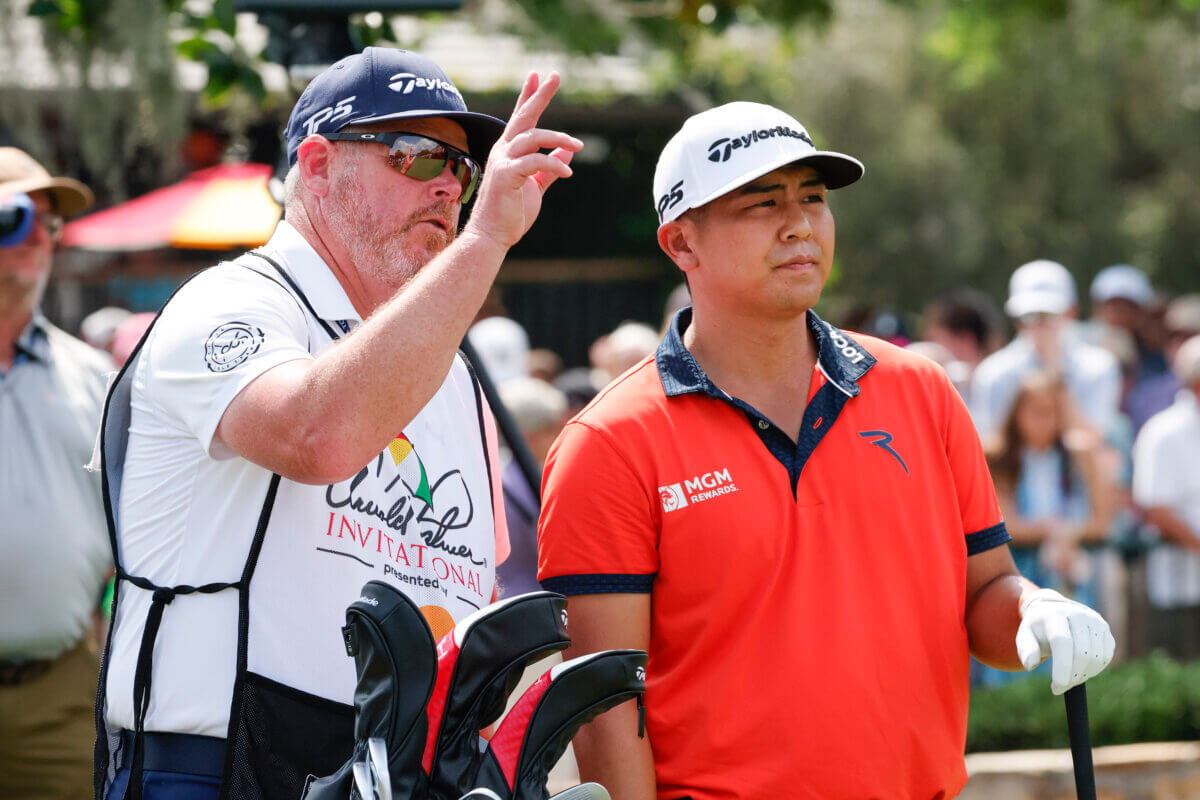
I’am a fan of Na too!
And absolutely against Holmes, not only because he’s soooo slow, but mostly because he’s never ready when it’s his turn, and makes everybody wait, just because he didn’t do his stuff while others were playing.
Former club caddie here–It amazes me when I got to a PGA event and see the caddies walking with their guys. None of them go out ahead, even on blind tee shots. This should change now with new rules because there is no penalty if the caddie gets hit with the ball. Same goes for getting ahead of the group. You can get to the ball and get a distance and go wait in the rough while the shorter guy in the group hits. Even if he shanks it into you, no harm no foul. Why would a caddie ever not want that advantage?
Of course, the new 3 minute time limit from time caddie arrives changes this completely for wayward shots. Now you should always slow walk to a potential lost ball and make sure you have maximum eyes there for the 3 minutes. Maybe even coordinate a search coordinate in advance so you and your player dont cover the same ground twice.